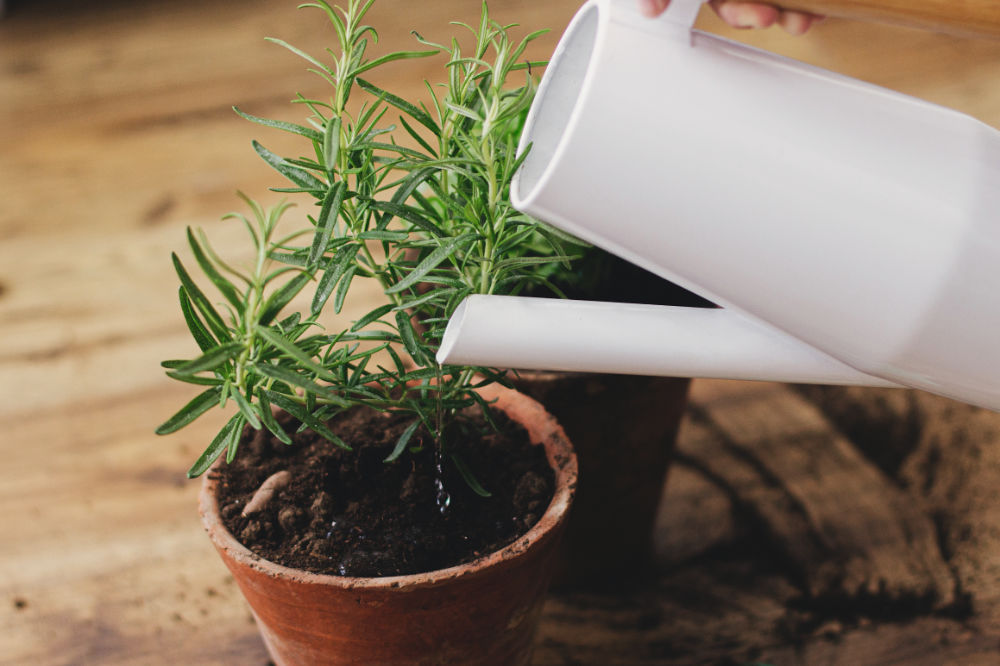
One of the most common beginner questions is: “How often should I water my plants?”
The truth is: There is no rule that can be applied all the time. However, with some simple rules you can get a clearer idea when it is time to water your plants again. In fact, keeping houseplants alive is not as complicated as it seems sometimes.
Rule 1: There is no universal schedule for watering plants
Every plant has different needs. Factors like plant type, light, humidity, temperature, and potting soil affect how quickly water evaporates. Here is an example:
| Plant Type | Watering Frequency | Notes |
| Succulents & Cacti | Every 2–3 weeks | Let soil dry completely |
| Monstera & Philodendron | Every 7–10 days | Allow top 2–3 cm of soil to dry |
| Ferns & Calatheas | Every 3–5 days | Prefer evenly moist soil |
| Snake Plant & ZZ Plant | Every 2–4 weeks | Very drought tolerant |
Rule of thumb: It is always better to underwater than overwater.
Rule 2: The finger test: Easy to check if your plant needs water
There is no need for complicated gadets. One of the easiest ways to know if your plant needs water is the finger test. Here is how it works:
- Stick your finger 2–3 cm (about 1 inch) into the soil.
- If it feels dry, it is time to water.
- If it feels slightly moist, wait a few more days.
- In case that it is wet, do not water at all.
Tip: Always check the soil rather than following a fixed calendar.
Rule 3: Consider light, season and room conditions
Depending on what time of the year it is, your watering schedule changes.
- Summer → warm and bright → plants need more water.
- Winter → low light → less water required.
- Dry air (e.g., heating) → soil dries faster.
- Bright spots = thirsty plants. Shady corners = less frequent watering.
Rule 4: How to water correctly
Many beginners water too often but too little. Here are things to keep in mind:
- Water thoroughly, until water drains out of the pot’s bottom.
- Always use a pot with drainage holes.
- Empty the saucer after watering → avoid root rot.
- Use room temperature water.
Rule 5: Signs You’re Watering Too Much (or Too Little)
Too much water:
- Yellow leaves
- Soft, droopy stems
- Mushy roots or moldy soil
Too little water:
- Dry, crispy leaves
- Soil pulling away from the pot edges
- Slow or no growth
Conclusion
You see – it’s not about following a strict schedule — it’s about learning your plant’s signals. Start with the finger test, pay attention to how quickly your soil dries out, and adjust as needed.
Interested in more basics for beginners? You can find them here!
